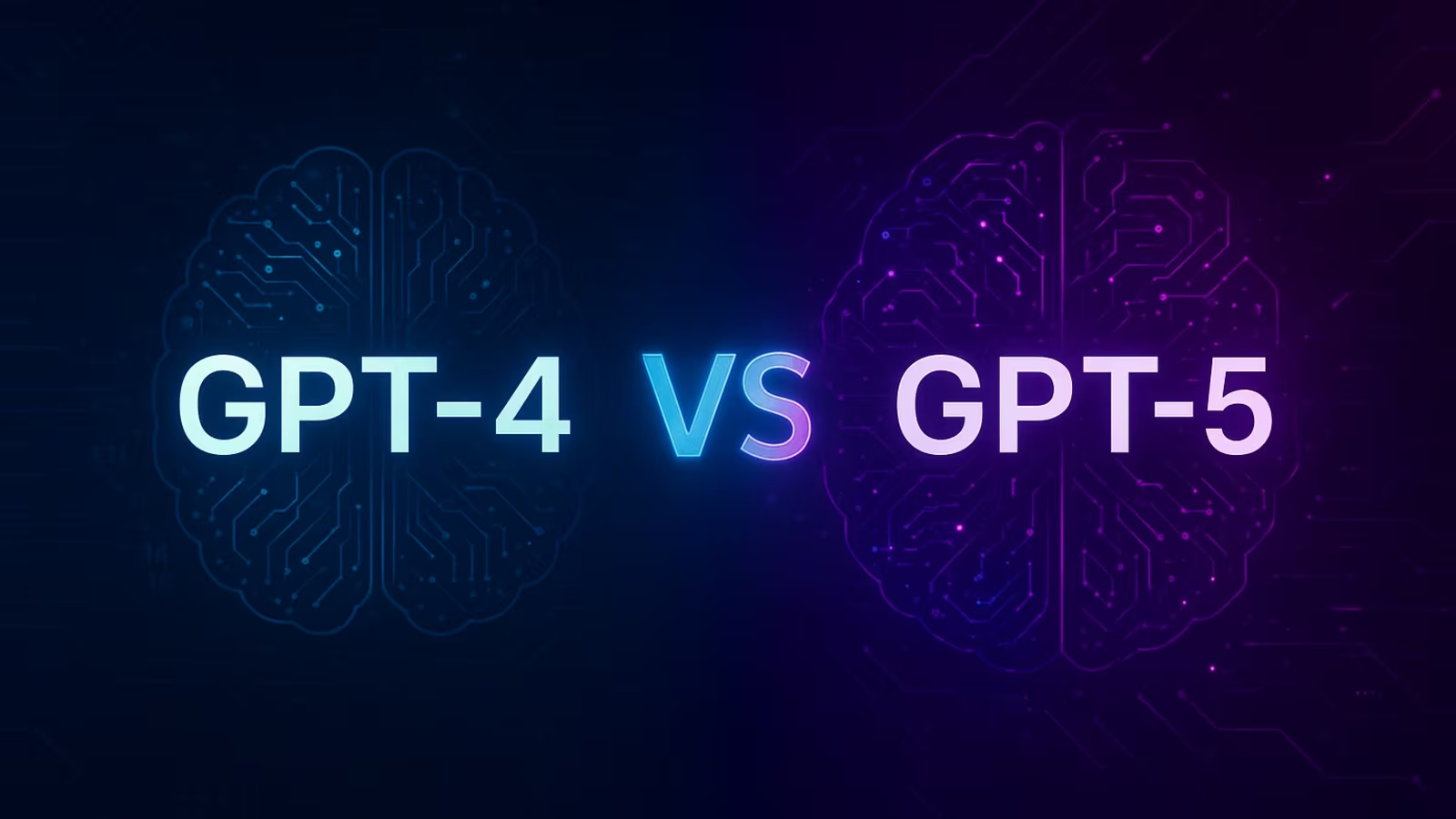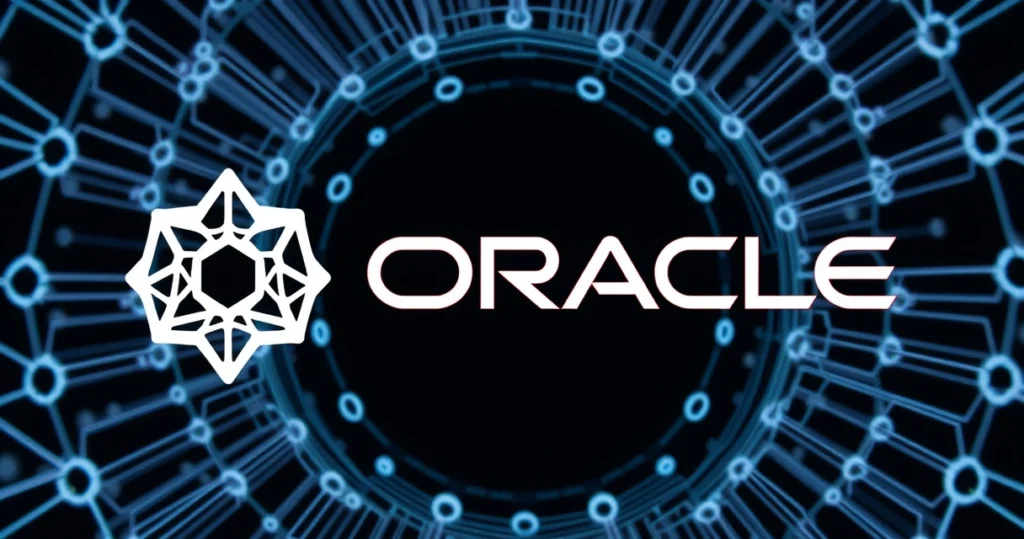ChatGPT Restores Popular GPT-4 Model Amid Backlash Over GPT-5 Changes
The landscape of artificial intelligence is constantly evolving, and OpenAI has been at the forefront of this transformation with their latest models. However, the introduction of GPT-5 as the new default has sparked significant backlash from users who have expressed dissatisfaction with the changes. In response to this outcry, OpenAI has announced the restoration of the popular GPT-4 model, allowing users to choose between the two models. This article delves into the details surrounding this decision and its implications for users and the AI community.

With AI technologies becoming increasingly integrated into various aspects of daily life, the choice of model can significantly impact user experience. As such, OpenAI’s move to reinstate GPT-4 reflects its commitment to user satisfaction and adaptability in a competitive market. CEO Sam Altman confirmed that subscribers would now have the flexibility to select between GPT-4 and GPT-5, reinstating a sense of choice that many users felt was lost. This article will explore the reasons behind the backlash, the features of both models, and what users can expect moving forward.
The Backlash Over GPT-5 Changes
The launch of GPT-5 was met with excitement, but it soon became evident that many users found the new model lacking in certain areas compared to its predecessor, GPT-4. Various factors contributed to the backlash, including:
- Performance Issues: Users reported that GPT-5 did not perform as well as GPT-4 in specific tasks, which caused frustration among those who relied on the model for professional or creative work.
- Loss of Familiarity: The changes in the model’s response style and accuracy led to a learning curve for users who had become accustomed to GPT-4’s capabilities.
- Feature Discrepancies: Some users noted that certain features that were well-received in GPT-4 were either altered or removed in GPT-5.
Understanding the Features of GPT-4 and GPT-5
To better understand the differences between the two models, it is essential to analyze their core features. Each model offers unique strengths that cater to different types of users and applications.
GPT-4: The Tried and True Model
GPT-4 has been celebrated for its robust performance in various domains. Some of its standout features include:
- Contextual Understanding: Its ability to comprehend nuanced prompts allows for more relevant and context-aware responses.
- Enhanced Creativity: GPT-4 excels in generating creative content, making it a favorite among writers and marketers.
- Consistency: Many users have praised GPT-4 for providing consistently high-quality responses across different applications.
GPT-5: The Newcomer with Ambitions
On the other hand, GPT-5 was introduced with a host of new features aimed at improving user interaction and engagement. Key attributes include:
- Advanced Learning Capabilities: The model is designed to learn and adapt more quickly to user preferences over time.
- Improved Data Handling: GPT-5 can process more complex datasets, potentially allowing for richer outputs.
- Increased Versatility: It aims to support a wider range of applications, from technical writing to casual conversation.
The Importance of Model Access Flexibility
OpenAI’s decision to allow subscribers to choose between GPT-4 and GPT-5 underscores the importance of model access flexibility. This approach benefits users in several ways:
- User Empowerment: Providing choice empowers users to select the model that best fits their needs, enhancing overall satisfaction.
- Adaptation to Use Cases: Different users have different requirements; the ability to switch models means that businesses and individuals can adapt their AI use case to the most effective model available.
- Continuous Feedback Loop: By allowing access to both models, OpenAI can gather more comprehensive user feedback, aiding in the future development of AI technologies.
Implications for Users and Future Developments
The restoration of GPT-4 alongside GPT-5 will have significant implications for users. Those who prefer the attributes of GPT-4 can continue to utilize it while new users can experiment with the latest advancements offered by GPT-5. As the AI landscape evolves, here are some anticipated developments:
- Enhanced User Education: OpenAI may develop resources or tutorials to help users understand the strengths and weaknesses of each model, ensuring informed choices.
- Regular Updates: Both models are likely to receive updates based on user feedback, enhancing their functionalities over time.
- Community Engagement: OpenAI might foster community discussions around model preferences, further refining their offerings based on collective user experiences.
Frequently Asked Questions (FAQ)
1. Why did OpenAI decide to restore GPT-4?
OpenAI restored GPT-4 in response to user backlash against GPT-5, recognizing the need for flexibility and user satisfaction.
2. Can users switch between GPT-4 and GPT-5?
Yes, subscribers now have the option to choose between GPT-4 and GPT-5 based on their preferences and requirements.
3. What are the main differences between GPT-4 and GPT-5?
GPT-4 is known for its contextual understanding and consistent performance, while GPT-5 offers advanced learning capabilities and improved data handling.
4. How can I choose which model to use?
You can choose your preferred model through the OpenAI interface, allowing you to switch based on your specific tasks or needs.
5. Will OpenAI continue to develop both models?
Yes, both models are expected to receive updates and improvements based on user feedback and technological advancements.
Conclusion
The recent decision by OpenAI to restore access to GPT-4 amid the backlash against GPT-5 is a testament to the importance of user feedback in the development of AI technologies. By allowing users to choose their preferred model, OpenAI is not only catering to diverse needs but also fostering an environment of continuous improvement. As the AI landscape continues to evolve, it will be crucial for developers and companies to prioritize user satisfaction and adaptability to remain competitive. The future of AI holds great potential, and with choices like GPT-4 and GPT-5, users can harness the best tools available to meet their unique demands.
📰 Original Source
Este artigo foi baseado em informações de: https://tecnoblog.net/noticias/chatgpt-traz-de-volta-modelo-4o-apos-onda-de-reclamacoes/



